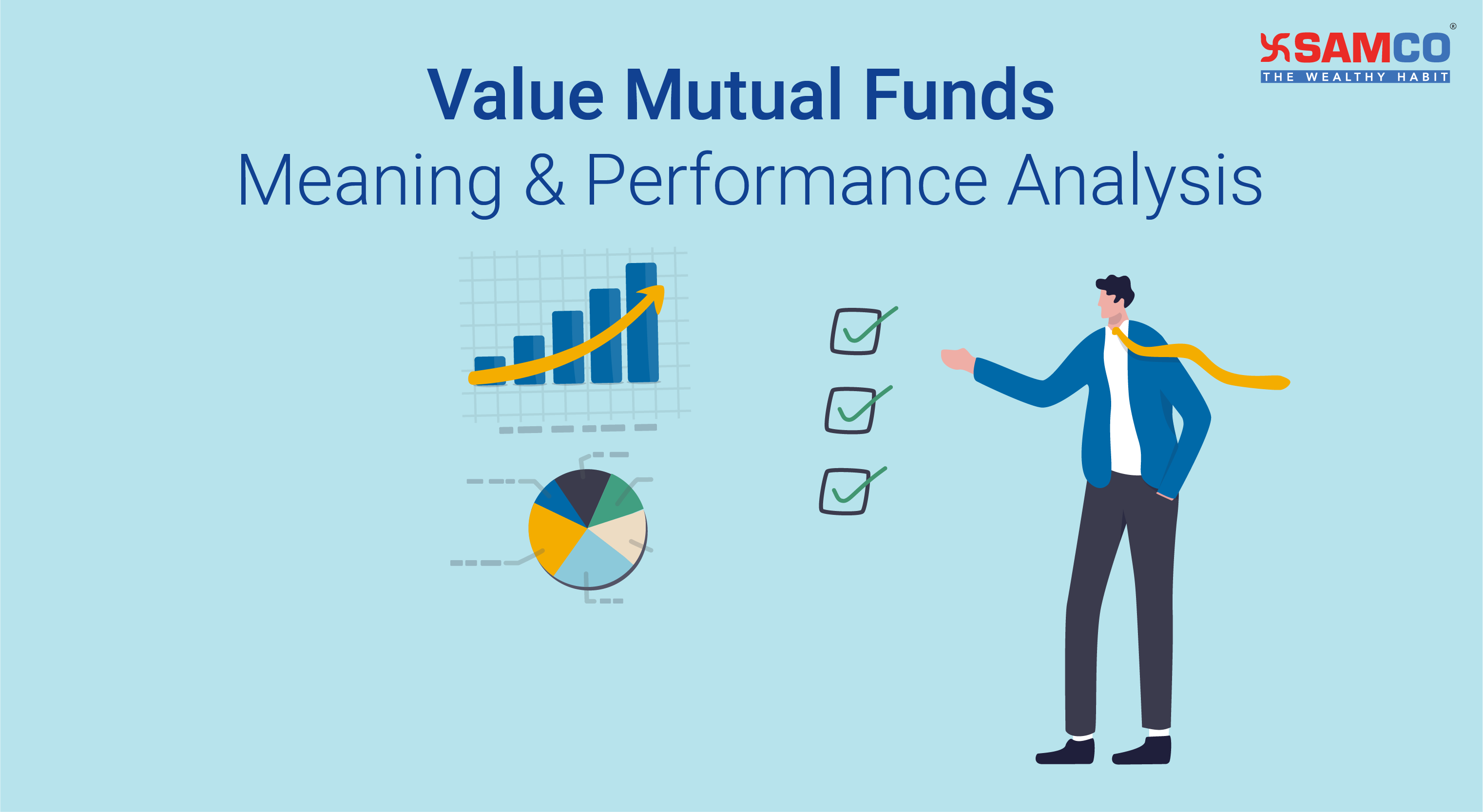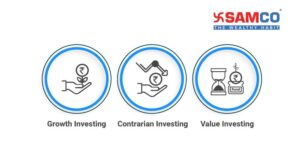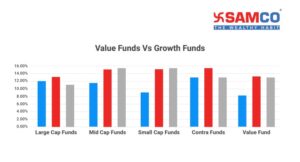 In 2008, the world was facing a financial crisis. Lehman Brothers declared bankruptcy and modern ‘great depression’ began.
Millions lost their jobs and stock markets fell worldwide. The Dow Jones Industrial Average (DJIA) fell 53% from its peak in October 2007. The BSE Sensex fell 60% to 8,535 levels from 21,000 levels.
But something else happened in 2008 which also shook the world. This shock was not designed by financial analysts with fancy degrees. It was designed by a common man from Omaha, USA. In 2008, Warren Buffett was declared as the richest man on the planet!
People expected Warren Buffett to be an investment genius with finance degrees and an army of research analysts. But he was a one-man show. No fancy valuation methods or spreadsheet calculations. The secret to his success was ‘Value Investing’.
Value investing was coined by Benjamin Graham in 1923. But it was made famous by Warren Buffett. Unfortunately, while value investing worked for Warren Buffett, it did very little for Indian mutual fund investors.
Indian mutual fund investors were promised a fund which will work even when markets fell. But this did not happen. Let us understand in detail, what are value funds and if they really work.
In 2008, the world was facing a financial crisis. Lehman Brothers declared bankruptcy and modern ‘great depression’ began.
Millions lost their jobs and stock markets fell worldwide. The Dow Jones Industrial Average (DJIA) fell 53% from its peak in October 2007. The BSE Sensex fell 60% to 8,535 levels from 21,000 levels.
But something else happened in 2008 which also shook the world. This shock was not designed by financial analysts with fancy degrees. It was designed by a common man from Omaha, USA. In 2008, Warren Buffett was declared as the richest man on the planet!
People expected Warren Buffett to be an investment genius with finance degrees and an army of research analysts. But he was a one-man show. No fancy valuation methods or spreadsheet calculations. The secret to his success was ‘Value Investing’.
Value investing was coined by Benjamin Graham in 1923. But it was made famous by Warren Buffett. Unfortunately, while value investing worked for Warren Buffett, it did very little for Indian mutual fund investors.
Indian mutual fund investors were promised a fund which will work even when markets fell. But this did not happen. Let us understand in detail, what are value funds and if they really work.
What are Value Funds?
The Securities and Exchange Board of India (SEBI) defines Value Mutual Funds as ‘an equity oriented scheme following value investing strategy’. This 65% investment can be done across market capitalization – large-cap, midcap and small cap stocks. The remaining 35% can be invested in cash or debt instruments. Value Funds usually carry 15%-20% of the corpus in cash as they face redemption pressure during market free fall. Since value funds invest across market capitalization, they carry varying risk profiles. For example DSP Value Fund invests 50.63% in mid and small cap stocks. The fund carries a high risk profile. Whereas Quantum Long Term Equity Value Fund invests only 22.86% in mid and small cap stocks. The fund carries a low risk profile. Hence before investing, investors should carefully look at a value fund’s asset allocation.What is Value Investing Strategy?
There are three main approaches to investing: Growth Investing focuses on investing in stocks which have high growth potential. These are companies which have generated higher revenues in recent years. Investors expect these companies to continue posting high revenues. But these companies are also highly risky. Growth stocks perform well in a booming economy.
Contrarian Investing is a unique investing strategy where the fund manager takes ‘contrarian’ views on stocks. The fund manager looks for stocks which have been unnecessarily beaten down.
Value Investing focuses on identifying stocks which are undervalued in the market. These stocks have strong fundamentals but are trading way below their intrinsic value.
The idea behind value investing is that in the long term, fundamentally strong stocks will be rewarded by the market. Value stocks are less risky than growth stocks. They perform well in a recovering economy.
Growth Investing focuses on investing in stocks which have high growth potential. These are companies which have generated higher revenues in recent years. Investors expect these companies to continue posting high revenues. But these companies are also highly risky. Growth stocks perform well in a booming economy.
Contrarian Investing is a unique investing strategy where the fund manager takes ‘contrarian’ views on stocks. The fund manager looks for stocks which have been unnecessarily beaten down.
Value Investing focuses on identifying stocks which are undervalued in the market. These stocks have strong fundamentals but are trading way below their intrinsic value.
The idea behind value investing is that in the long term, fundamentally strong stocks will be rewarded by the market. Value stocks are less risky than growth stocks. They perform well in a recovering economy.
Should You Invest in Value Funds? – Myths about Value Funds
1. Value funds are suitable for conservative investors: Value funds do not have a fixed asset allocation. They are free to invest across mid, small and large cap stocks. Because there is no fixed mandate, many value funds over-invest in mid and small cap stocks. This increases the risk profile of the fund. Hence conservative investors should avoid value funds which have more than 30% allocation to mid and small cap funds. Highlighted below are value funds with high exposure to mid and small cap stocks.| Schemes | Large | Mid | Small |
| Aditya Birla Sun Life Pure Value Fund | 44.29% | 31.70% | 24.01% |
| DSP Value Fund | 49.37% | 41.25% | 9.38% |
| HDFC Capital Builder Fund | 73.70% | 14.08% | 12.22% |
| ICICI Prudential Value Discovery Fund | 77.14% | 19.44% | 3.42% |
| IDBI Long Term Value Fund | 58.51% | 32.53% | 8.96% |
| IDFC Sterling Value Fund | 14.72% | 48.18% | 37.11% |
| Indiabulls Value Discovery Fund | 83.87% | 16.15% | 0.00% |
| Invesco India Contra Fund | 68.49% | 20.87% | 10.64% |
| JM Value Fund | 69.00% | 29.62% | 1.38% |
| Kotak India EQ Contra | 68.93% | 31.07% | 0.00% |
| L&T India Value | 59.51% | 32.61% | 7.88% |
| Nippon India Value | 59.07% | 31.72% | 9.22% |
| Quantum Long Term Equity Value Fund | 79.37% | 20.51% | 0.12% |
| SBI Contra Fund | 50.93% | 18.37% | 30.70% |
| TATA Equity PE Fund | 69.76% | 25.04% | 5.20% |
| Templeton India Value Fund | 72.26% | 11.18% | 16.55% |
| Union Value Discovery Fund | 83.02% | 11.47% | 5.52% |
| UTI Value Opportunities Fund | 68.88% | 24.71% | 6.40% |
Performance of Value Funds vs Growth Funds
 Looking at this underperformance, it would make more sense to invest in large cap funds and generate stable returns with low risk.
3. Value funds are for short-term: Investors believe that value funds are for the short term. However this is not true. Value funds need time to generate returns. These stocks are undervalued by the market. So, chances of them performing in a small time frame are less. Your ideal time period for investing in value funds should be 5 years and more.
4. Value funds reduce downside risk: Value investing states that value funds will reduce downside risk. This means that your value funds will fall lower than the market or other funds. Let us test this claim.
Value Funds & Market Volatility – 2008 Lehman Brothers Crisis
Post 2008 crisis, here is how value funds fell between 12th September 2008 and 15th September 2008 (the day of Lehman brother crisis). On an average, value funds fell -3.30% in 1 day!
Looking at this underperformance, it would make more sense to invest in large cap funds and generate stable returns with low risk.
3. Value funds are for short-term: Investors believe that value funds are for the short term. However this is not true. Value funds need time to generate returns. These stocks are undervalued by the market. So, chances of them performing in a small time frame are less. Your ideal time period for investing in value funds should be 5 years and more.
4. Value funds reduce downside risk: Value investing states that value funds will reduce downside risk. This means that your value funds will fall lower than the market or other funds. Let us test this claim.
Value Funds & Market Volatility – 2008 Lehman Brothers Crisis
Post 2008 crisis, here is how value funds fell between 12th September 2008 and 15th September 2008 (the day of Lehman brother crisis). On an average, value funds fell -3.30% in 1 day!
| Value Funds | 1-Day Fall |
| Aditya Birla Sun Life Pure Value Fund | -2.32% |
| HDFC Capital Builder Value Fund | -2.86% |
| ICICI Prudential Value Discovery Fund | -3.43% |
| JM Value Fund | -5.05% |
| Nippon India Value | -3.77% |
| Quantum Long Term Equity Value Fund | -2.77% |
| Templeton India Value Fund | -3.67% |
| UTI Value Opportunities Fund | -2.50% |
| Value Funds | % Fall |
| Aditya Birla Sun Life Pure Value Fund | -28.68% |
| HDFC Capital Builder Value Fund | -38.98% |
| ICICI Prudential Value Discovery Fund | -39.30% |
| JM Value Fund | -65.20% |
| Nippon India Value | -40.03% |
| UTI Value Opportunities Fund | -52.66% |
| Large-cap Funds | % Fall |
| Aditya Birla Sun Life Frontline Equity Fund | -32.08% |
| HDFC Top 100 Fund | -36.33% |
| ICICI Prudential Bluechip Fund | -29.32% |
| JM Large Cap Fund | -44.52% |
| Nippon India Large Cap Fund | -34.02% |
| UTI Mastershare Fund | -29.77% |
| Value Funds | % Fall |
| Aditya Birla Sun Life Pure Value Fund | -36.09% |
| HDFC Capital Builder Value Fund | -39.41% |
| ICICI Prudential Value Discovery Fund | -31.38% |
| JM Value Fund | -33.73% |
| Nippon India Value | -34.88% |
| UTI Value Opportunities Fund | -33.23% |
| Large-cap Funds | % Fall |
| Aditya Birla Sun Life Frontline Equity Fund | -35.62% |
| HDFC Top 100 Fund | -37.83% |
| ICICI Prudential Bluechip Fund | -34.96% |
| JM Large Cap Fund | -7.41% |
| Nippon India Large Cap Fund | -37.34% |
| UTI Mastershare Fund | -31.26% |
- If you redeem before 12 months, a short term capital gains tax of flat 15% is applicable.
- If you redeem after 12 months, a long term capital gains tax of 10% is applicable if gains exceed Rs 1 Lakh in a financial year.



 Easy & quick
Easy & quick
Leave A Comment?